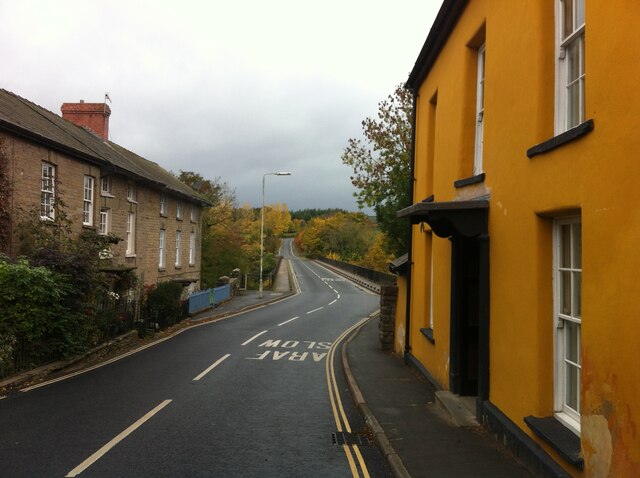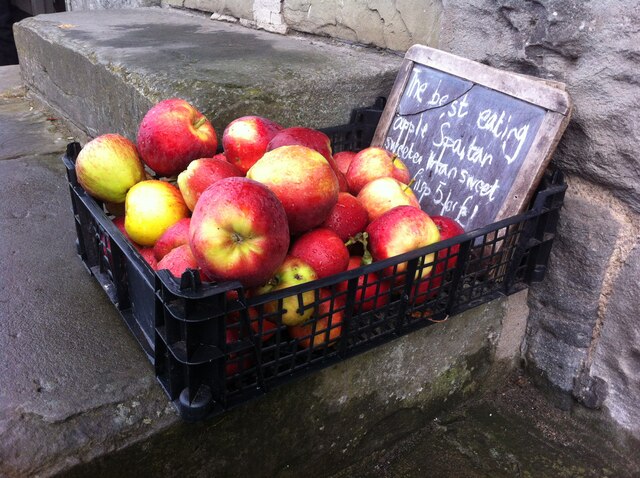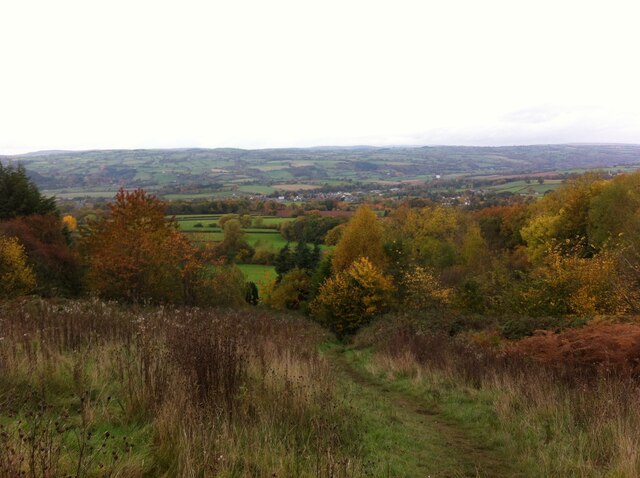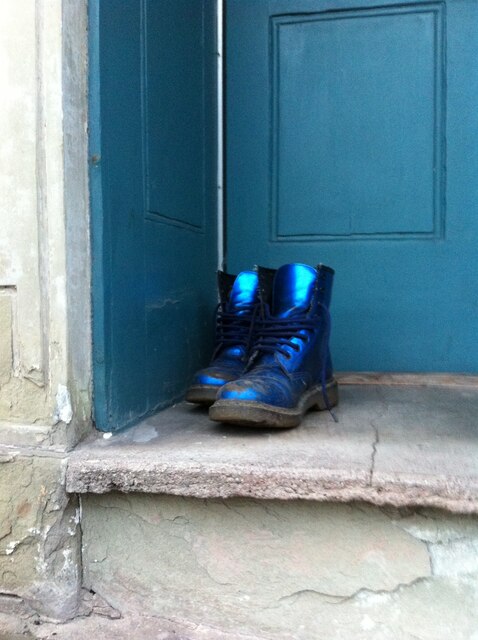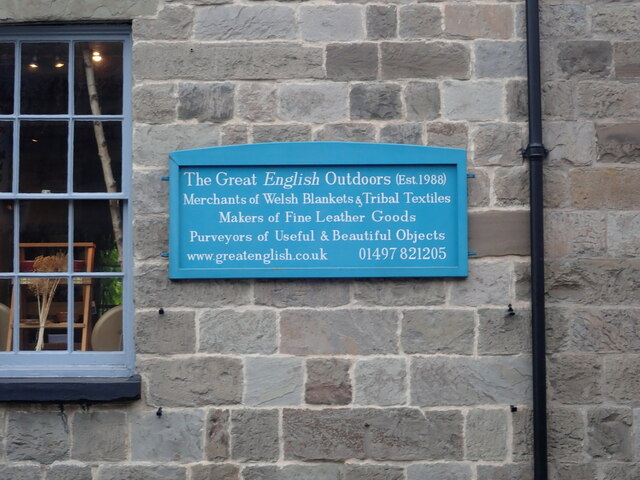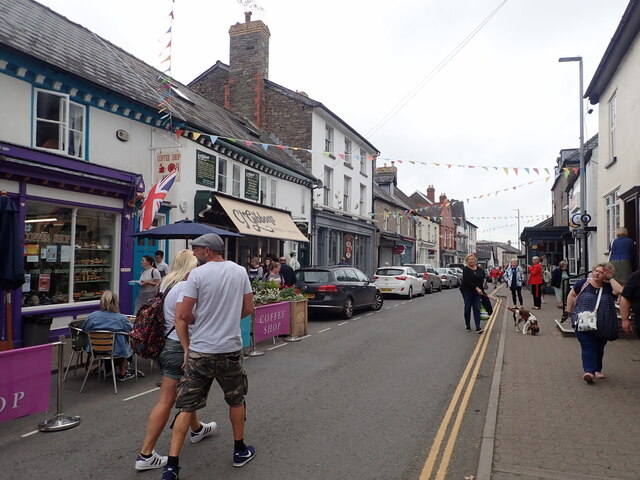Rook Wood
Wood, Forest in Brecknockshire
Wales
Rook Wood

Rook Wood is a dense forest located in the county of Brecknockshire, Wales. Spanning over a vast area of approximately 500 acres, this ancient woodland is known for its diverse and unique ecosystem, making it a popular destination for nature enthusiasts and hikers alike.
The wood is predominantly composed of a mixture of deciduous and coniferous trees, including oak, beech, birch, and pine. These towering trees create a thick canopy that provides shelter and a habitat for a wide variety of wildlife, including deer, foxes, badgers, and numerous species of birds. Birdwatchers flock to Rook Wood to catch glimpses of rare species such as woodpeckers, owls, and buzzards.
Traversing through Rook Wood, visitors can find an extensive network of well-maintained trails, offering opportunities for leisurely strolls, invigorating hikes, and peaceful picnics. The forest is also home to a number of natural springs and streams, adding to its picturesque charm.
Aside from its natural beauty, Rook Wood holds historical significance as well. It is believed to have been a source of timber for various construction projects in the medieval era. The remnants of old saw pits and charcoal burners can still be found within the wood, providing glimpses into its past.
Rook Wood is easily accessible, with designated parking areas and signposted entrances. It provides a serene escape from the hustle and bustle of modern life, offering visitors a chance to immerse themselves in the tranquility of nature and discover the wonders of this enchanting woodland.
If you have any feedback on the listing, please let us know in the comments section below.
Rook Wood Images
Images are sourced within 2km of 52.060668/-3.1410215 or Grid Reference SO2140. Thanks to Geograph Open Source API. All images are credited.



Rook Wood is located at Grid Ref: SO2140 (Lat: 52.060668, Lng: -3.1410215)
Unitary Authority: Powys
Police Authority: Dyfed Powys
What 3 Words
///troll.domestic.disco. Near Hay, Powys
Nearby Locations
Related Wikis
Llanigon
Llanigon is a village and community in Powys, Wales on the edge of the Brecon Beacons National Park, north of the Black Mountains, Wales. The community...
Hay St Marys F.C.
Hay St Marys F.C. are a football club based in Hay-on-Wye. They currently play in the Ardal SE, the third tier of the Welsh football pyramid. The home...
St Mary's Church, Hay-on-Wye
St Mary's (also St Mary the Virgin) is an Anglican parish church in Hay-on-Wye, Brecknockshire, Powys, Wales. Separated by a deep dingle, which probably...
Hen-allt Common
Hen-allt Common is a Site of Special Scientific Interest in Brecknock, Powys, Wales. Its special features include unimproved grassland, Flat-sedge Blysmus...
Nearby Amenities
Located within 500m of 52.060668,-3.1410215Have you been to Rook Wood?
Leave your review of Rook Wood below (or comments, questions and feedback).

